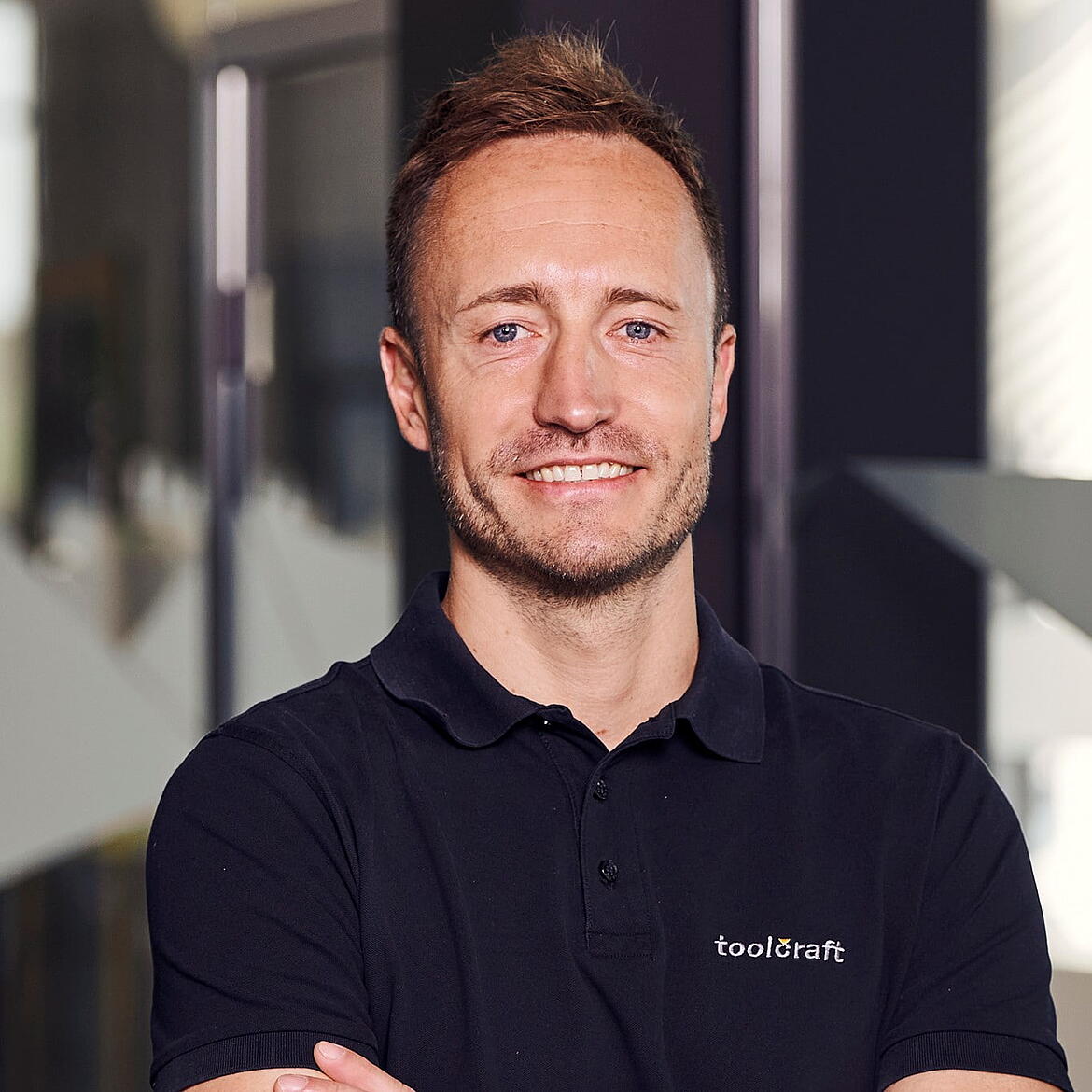Initial Situation:
Plastic injection moulding is an important process for the cost-effective production of plastic parts in large quantities. A characteristic feature of this process is that the manufactured components have an unavoidable burr. Burrs are sharp edges or fraying that form during processing. An important work step is therefore the removal of the burr, which is generally done manually with a deburring tool. Manual work steps are usually expensive, thereby increasing production costs.
Goals:
Accordingly, the aim of the SAUBER3D research project is to develop a fully automated solution for deburring injection-moulded plastic parts. The system to be developed is expected to significantly increase the speed and precision of deburring, thereby reducing production costs and increasing competitiveness. The envisaged overall system will consist of an industrial robot arm and an end effector to which a 2D laser profiler and a deburring tool will be attached. With the help of information from the CAD model of the workpiece to be processed, an initial path is to be created along the burr edges, which is to be traversed to acquire laser scans. Based on this, the scans will be merged to a point cloud, the burr to be removed will be detected and the final path with the correct angle of attack for the deburring tool will be calculated. This will allow the burr to be removed. The system is to be developed as a modular system so that it can be applied to more than one type of workpiece. A prototype will be used to test the system.
Process:
The first step will be to define the requirements, functional scope and application scenarios. Then the sensors and the necessary peripherals are to be selected, integrated and tested. The time synchronisation of the sensors and the robot is to be examined in detail with the aim of combining all measured variables into a reference time system. Another important aspect is the development of an automatic tool-robot calibration system that takes the specified accuracies into account. Attention will be paid to the programming of the robot path at an early stage of the project, with the aim of enabling the robot to traverse the initial trajectory fully automatically. The sensor data recorded must be processed and analysed appropriately to enable the burr to be detected and the trajectory corrected. Regular tests will be used to check and evaluate the system’s performance and functionality.





